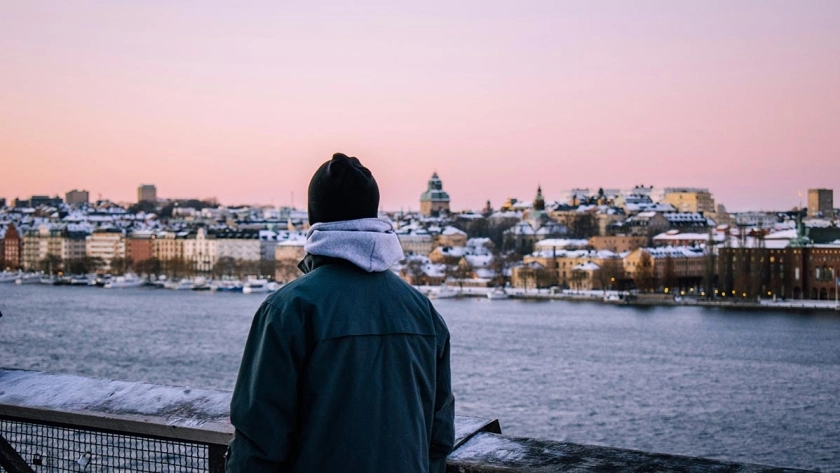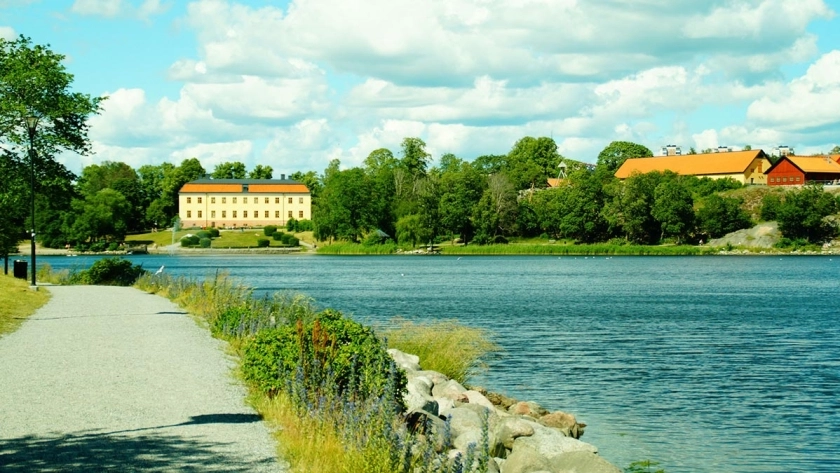
Stockholm in winter is a unique experience, the city transforms into a true winter wonderland. Under the snow, the urban landscapes take on a magical, fairy-tale hue, the atmosphere in the Swedish capital is both calm and enchanting.
However, the temperatures can be freezing (below 10 degrees, and sometimes even colder on certain days), with regular snowfall and cold winds. When the snow is present, the streets, roofs, and parks in a thick white coat, are blanketed creating a fairy-tale setting but also making travel more difficult. Visitors must be prepared to face these harsh weather conditions, and it is advisable to dress warmly and wear appropriate clothing, such as thermal layers, gloves, a hat, and non-slip shoes.
Finally, this is a time of rich traditions and customs that warm the heart against the cold days and long nights. Sweden, with its snowy landscapes and freezing temperatures, celebrates winter in a warm, friendly, and festive way.
Events and Traditions Not to Miss
During the Winter Season (in chronological order)
- From late November to December 23/24: The Christmas market and Advent calendar organized in Stockholm’s Old Town. It’s an opportunity to taste glögg (mulled wine), pepparkakor (spiced cookies), and other Christmas specialties, or buy a jultomte (Christmas gnome).
During the Advent period, a living Advent calendar is organized, and at 7 PM, a window in the Old Town will open for a speech and/or song. Look for posters with addresses in the Old Town. - December 10: After weeks of deliberation, the Nobel Prizes (Physics, Chemistry, Literature, Medicine, and Economics) are awarded at Stockholm's City Hall, The Nobel Peace Prize is simultaneously awarded in Oslo, Norway, according to Alfred Nobel’s will. The city is lit up for the occasion, and the buildings are often illuminated with projections at dusk.
- December 13: St. Lucia’s Day, an opportunity to discover a very important Swedish tradition linked to light, as well as the delicious small buns (lussekatter or lussebullar) produced during this time.
- December 24: Christmas tables, referring to the typical Christmas Eve dinner, a buffet that restaurants offer starting from late November for anyone curious about this Swedish tradition.
- December 31: New Year's Eve (Nyårsafton) and fireworks: If you are in Stockholm to celebrate New Year’s, restaurants also organize special menus for the evening, but make sure to reserve in advance. The city no longer systematically organizes fireworks, but residents themselves shoot them off, and the sky of Stockholm sparkles from every direction.
Recommended viewpoints include Skansen, the open-air museum where a concert is held before being broadcast on Swedish television, or the small walk along Monteliusvägen (in Södermalm), but beware, it’s very crowded! Our Practical
Tips for a Pleasant Stay in Winter
1. Opt for technical clothing and use the layering technique, with a good winter coat on top.
Gloves, a hat, and scarves are also essential, as are shoes suitable for snow and ice, especially in case of slippery snow or black ice. Don’t hesitate to equip your shoes with removable crampons (broddar in Swedish), which can usually be found in sports stores or pharmacies.
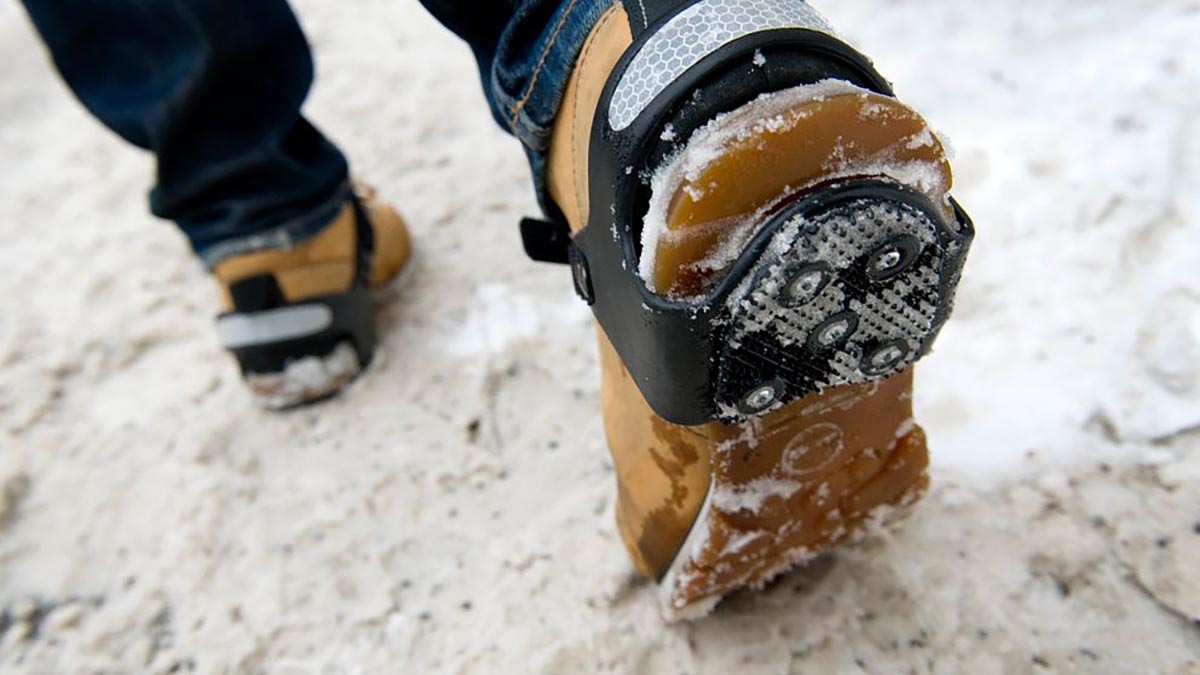
It may seem excessive, but if you're not used to snow, these will make things much easier and, more importantly, prevent accidents that could spoil your stay. For those who are particularly sensitive to the cold, there are also heated jackets, socks, and gloves that you may consider to make the most of your stay.
2. With such short days, it's crucial to organize your visits according to the available daylight hours.
Take advantage of the soft light to explore outdoor sites and plan your indoor activities for the afternoon and evening. Most museums open around 10 AM (some at 11 AM) and close early in winter, around 4 or 5 PM.
3. Even though it’s often cold in winter, Swedes love outdoor activities,
During the winter, you can enjoy a range of entertainments: the simplest is probably ice skating. The Kungsträdgården ice rink in central Stockholm is usually open from November to March (you can rent skates there for a very modest price), but you can also skate outside Stockholm on frozen lakes.
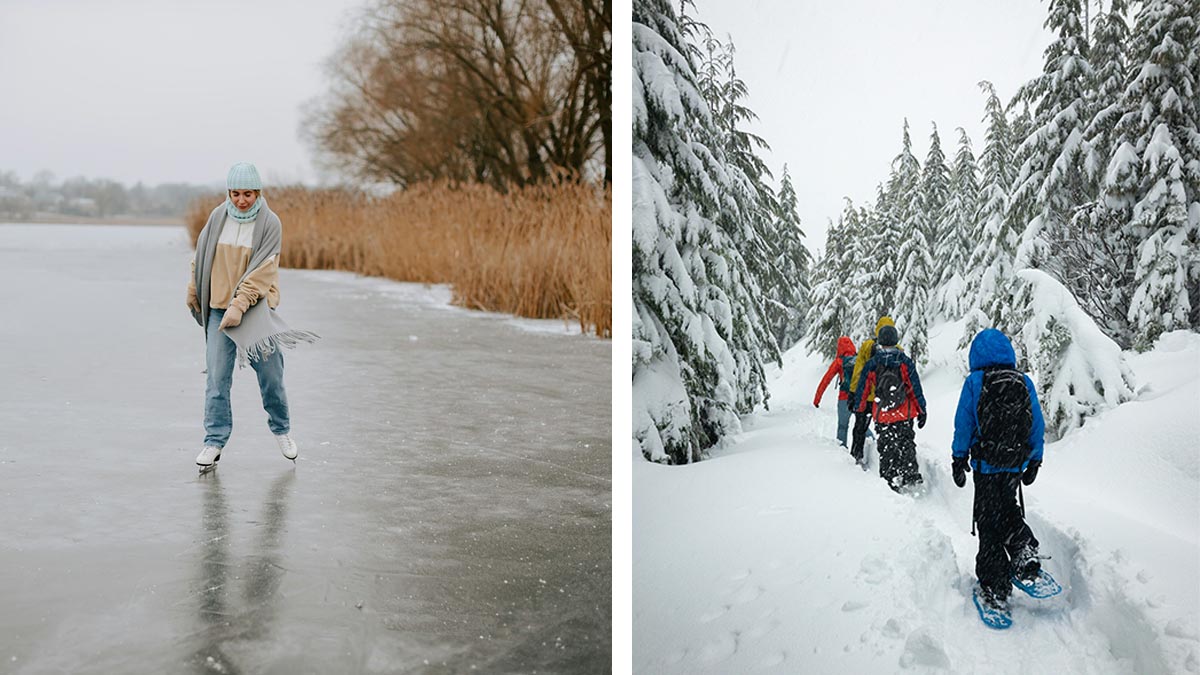
If you're a nature lover, a snowshoeing or cross-country skiing walk in one of the city's parks, such as Djurgården, can be a great way to enjoy the snowy landscape while staying active. Finally, you can also try alpine skiing in Stockholm: the Hammarbybacken slope (the city's first eco-neighborhood) is open during the winter, and skis are available for rent on-site.
4. Warm up in cafes and museums
When the cold becomes too biting, there’s nothing better than a break in one of the city’s many cafes, often cosy and welcoming, to enjoy the famous fika (the Swedish coffee break).
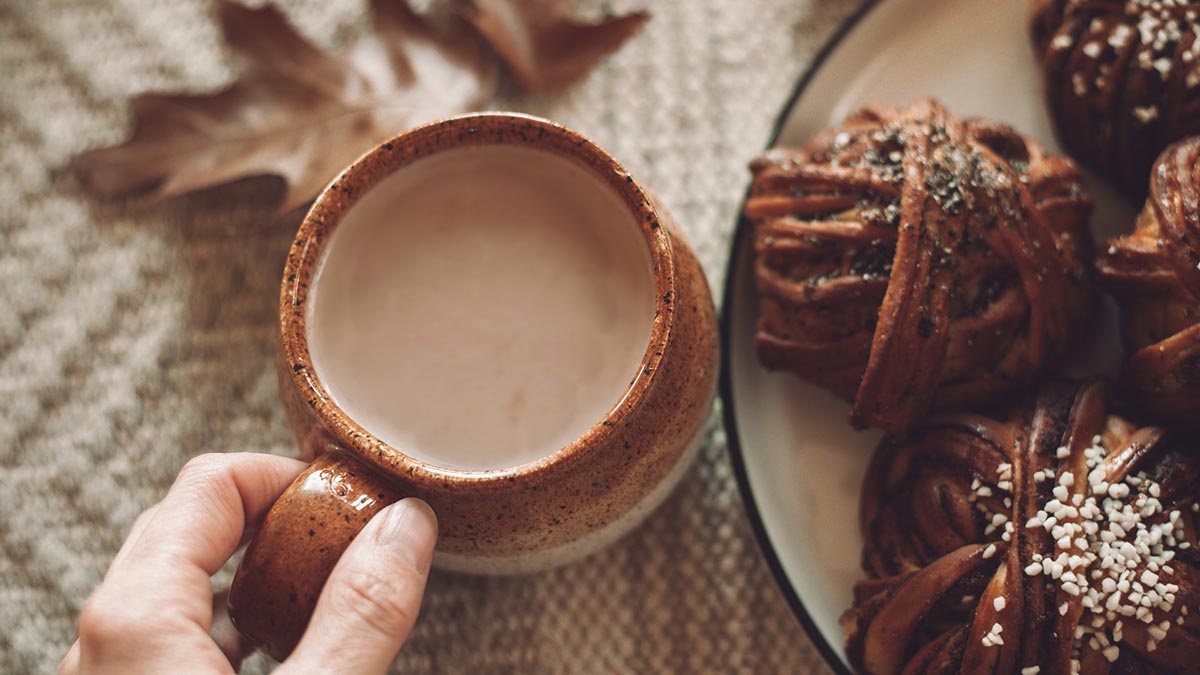
If you want to escape the cold while exploring local culture, Stockholm’s museums, such as the Moderna Museet or the Vasa Museum, are perfect places to spend a few hours indoors while discovering Swedish history and art.
5. Plan for relaxation
The cold and snow can be exhausting, so it’s important to take the time to relax. Spas and saunas, very popular in Sweden, are an excellent way to unwind after a day of exploration.
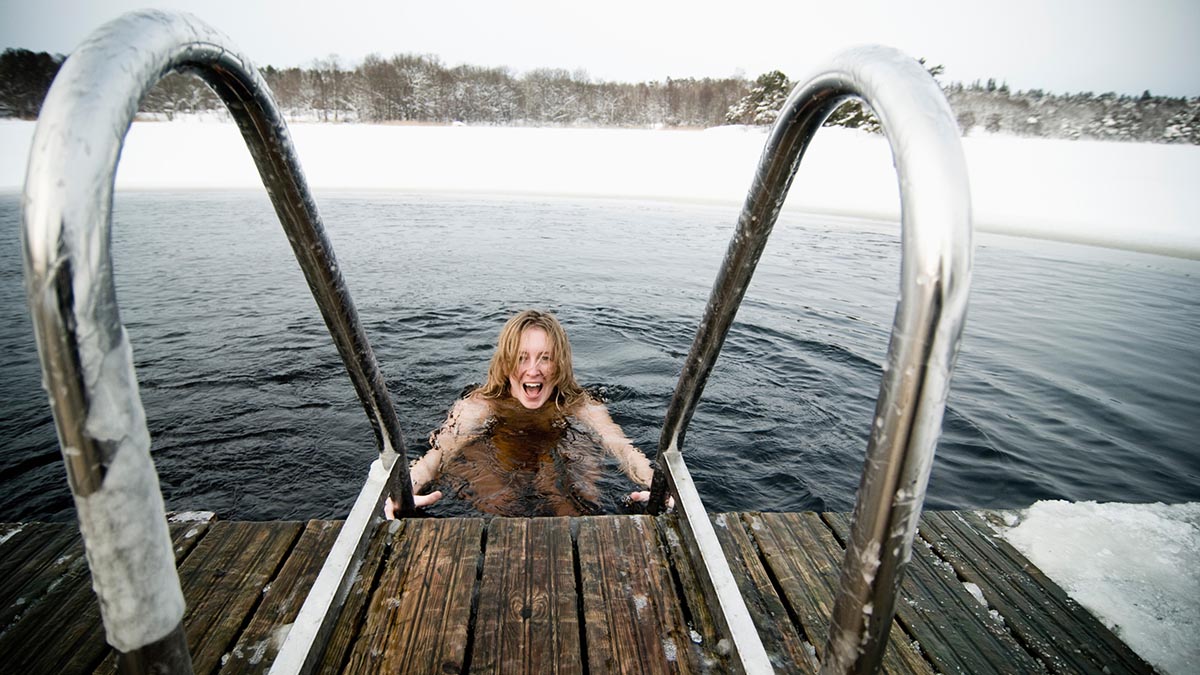 Credits: Helena Wahlman/imagebank.sweden.se
Credits: Helena Wahlman/imagebank.sweden.se
Some hotels and resorts offer saunas with a view of the sea or the city, providing an unforgettable experience.
6. Keep an eye on the weather forecasts
The weather can change quickly, with unexpected snowfall or gusts of icy wind. It’s therefore recommended to regularly check the forecasts to adjust your plans and activities accordingly.
7. Get a public transport card to make travel easier and optimize your time and energy for sightseeing.
These cards can be purchased via the SL app for a digital version or at press houses (pressbyrån) or other shops selling snacks and magazines (seven-eleven) for a magnetic card version. Available durations include 24h (180 SEK in 2025), 72h (360 SEK in 2025), or one week (470 SEK in 2025).
There are reduced rates for those under 19 and over 65 years old. If purchased in-store, the magnetic card will be charged an extra 50 SEK (in 2025). This card allows you to use all public transport in Stockholm (metro, bus, tram, commuter train, and certain ferry lines). It’s also possible to use a bank card as a transport card for one-off journeys. The unit ticket costs 43 SEK (in 2025) and is valid for 75 minutes from the first use. However, note that you cannot use the same card to buy multiple tickets simultaneously, and the system only charges the full fare.
Our 7 winter guided tour suggestions
1. Visit the Old Town of Stockholm (1.5 to 2 hours)
This visit is essential to understand the city's history, and it is quite feasible in winter if you dress appropriately for the weather conditions: the Old Town is cobbled (comfortable shoes) and very uneven (formed by isostatic phenomena), with slopes and descents. In case of snow or ice, crampons can be very useful.
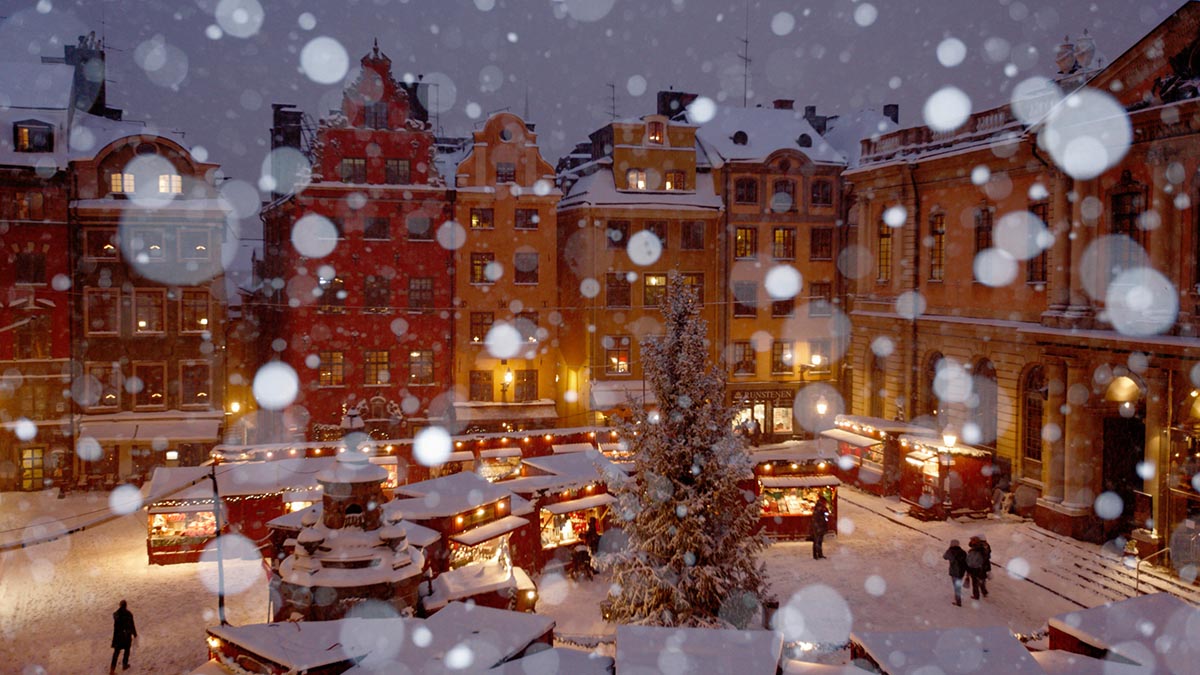 Credits: Ola Ericson/imagebank.sweden.se
Credits: Ola Ericson/imagebank.sweden.se
During Advent, from late November to December 23/24, you can also visit the historical Christmas market located in the Old Town and enjoy a “glögg” (Swedish mulled wine) to warm up, making it a bit easier to fight the cold and instantly immersing you in traditional Swedish Christmas.
2. “Like a Swede” Tour (3.5 to 4 hours)
This tour lasts twice as long as the city tour, but a fika break is planned in the middle of the visit at a café in the city to warm up and discover the famous Swedish fika. It is adapted for winter with a longer fika break. This tour allows you to explore the city in greater detail while benefiting from your guide’s knowledge in warmth.
During the break, the discovery continues through exchanges with your guide.
3. Visit a Classic Museum (1.5 hours)
For a first-time visit, two classic locations are always recommended, but particularly interesting in winter: the City Hall, which is in preparation for the Nobel Prize ceremony held every year on December 10,
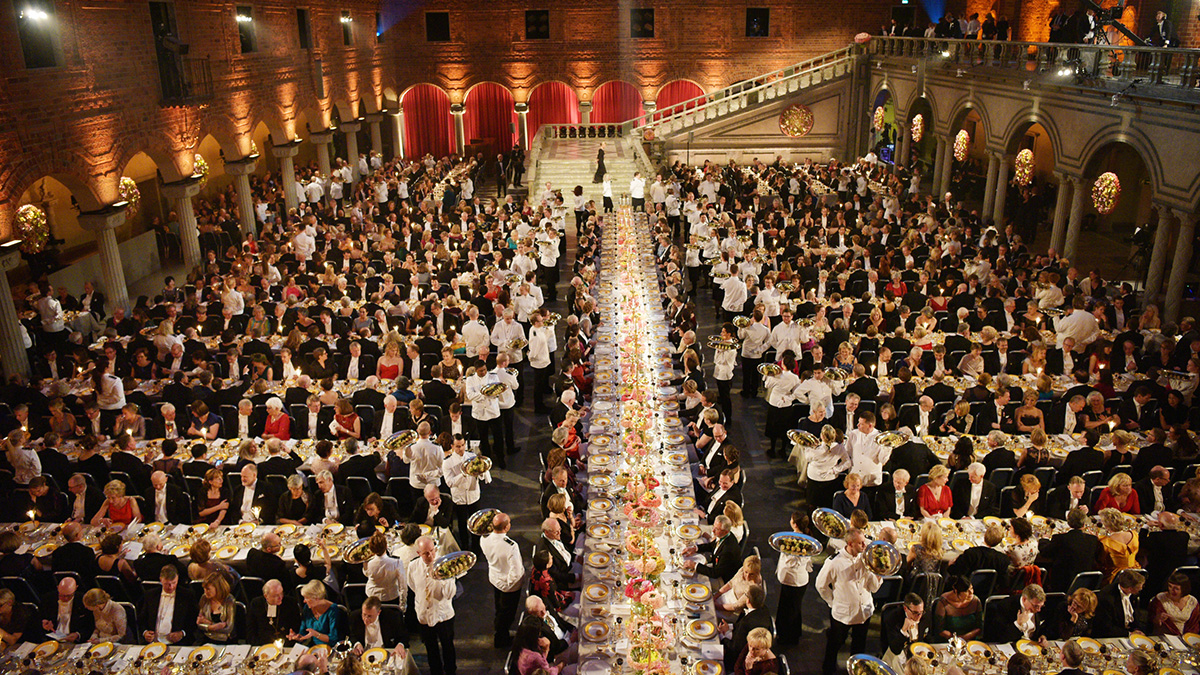 Credits: © Nobel Media AB 2015. Photo: Alexander Mahmoudet
Credits: © Nobel Media AB 2015. Photo: Alexander Mahmoudet
and the Vasa Museum (the classic of classics in Stockholm), located near other popular museums in the city. This allows you to be efficient without getting cold. After this visit, you can continue exploring on your own (Abba Museum, Nordic Museum, Viking Museum, Junibacken if you have young children, etc.). Other more artistic museums can also be considered, such as the National Museum and Thiel Gallery, but be careful, they are always closed on Mondays. For palace enthusiasts, the Royal Palace in the Old Town is open in winter only from 10 AM to 2 PM.
4. Art in the Subway (2.5 hours)
Safe from the cold in the subway, you won’t miss out on this underground art gallery.
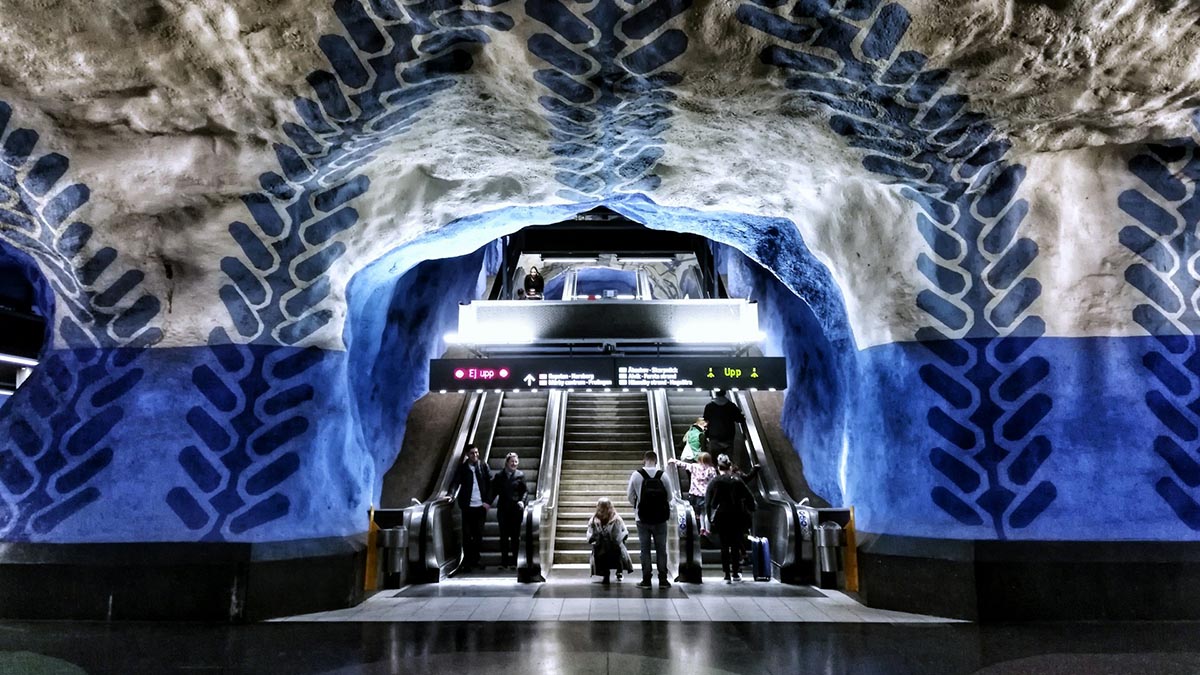
This tour is especially suited for winter and can also be done in the evening when the outside light no longer allows for outdoor exploration.
5. Combined Walking-Museum Tour (3 hours)
A great alternative to visit the city a bit and then warm up inside a museum. We have a combined Old Town and City Hall tour, or another combined Old Town and Vasa Museum tour, which are entirely feasible in winter.
6. A Relaxing or Sporty Tour (variable duration)
Whether it’s a boat tour, sauna, or a more sporty activity (skating, skiing, walking, etc.), you can also plan a sporty activity in winter—feel free to contact us for this!
7. A Cooking Workshop (with or without a meal, 3 or 4 hours)
Our cooking workshops are available year-round and can be a good alternative in winter.
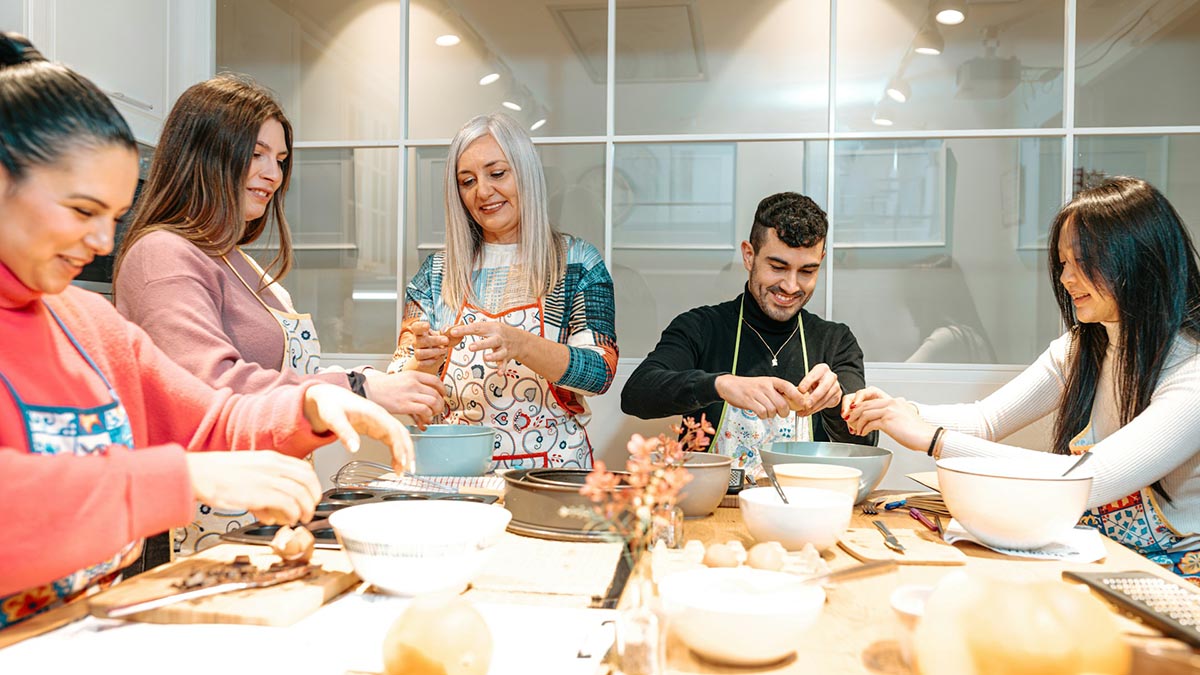
They are designed to allow you to discover Swedish gastronomy and better understand its specialties. The recipes are typically Swedish.
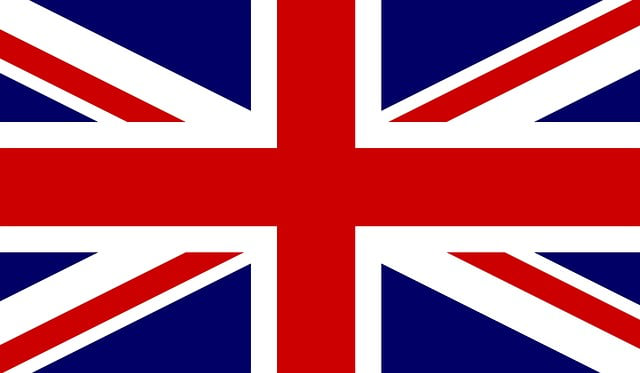 en
en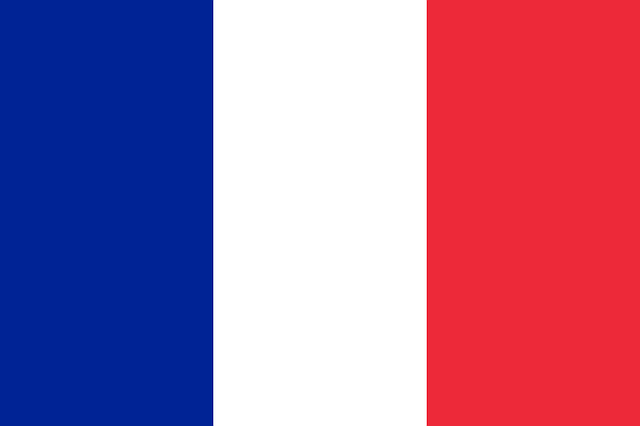 FR
FR IT
IT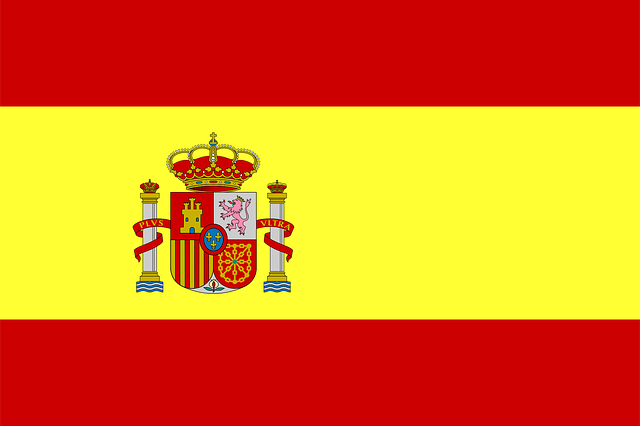 ES
ES
